Newbie to potager garden & potager forum, Hi
janroze
15 years ago
Related Stories

GARDENING GUIDES10 Easy Edibles for First-Time Gardeners
Focus on these beginner-friendly vegetables, herbs, beans and salad greens to start a home farm with little fuss
Full Story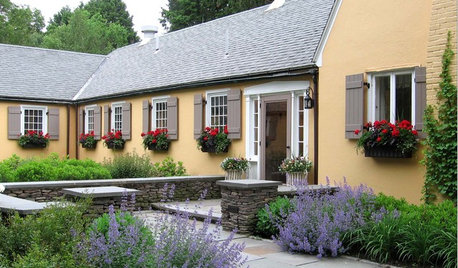
LANDSCAPE DESIGNLay of the Landscape: French Garden Style
Symmetry and geometry define this decorous landscape style, appropriate for both grand gardens and intimate spaces
Full Story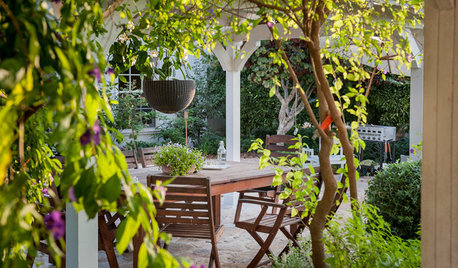
MOST POPULARUnwind With 30 Gorgeous Garden Retreats
Houzz users share their favorite spots for relaxing, meditating and spending time with family and friends
Full Story
LANDSCAPE DESIGNThe Art of the Espalier
Go ahead, let limited garden space drive you up the walls. With these 6 ways to train plants vertically, it can be a beautiful thing
Full Story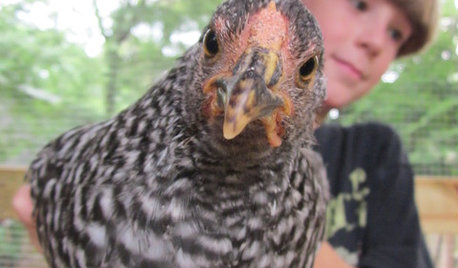
FARM YOUR YARD4 Farm-Fresh Chicken Coops in Urban Backyards
These Atlanta henhouses are worth crowing about for their charming, practical designs
Full Story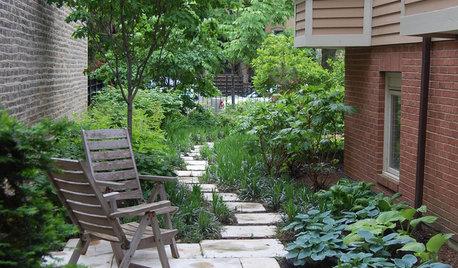
LANDSCAPE DESIGN17 Wandering Paths That Take Joy in the Journey
Explore secondary paths that are full of nuance and add intrigue to the landscape
Full Story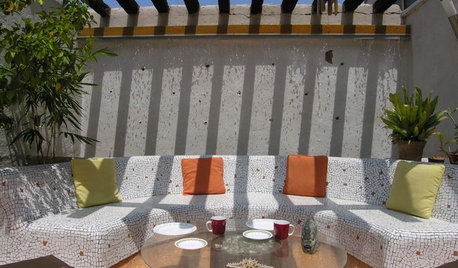
LANDSCAPE DESIGN13 Extra-Cool Things to Do With a Backyard
Sure, you could just plop down on a blanket. Or you could create a dragon’s lair, a mosaic gallery, a party in a jungle ...
Full Story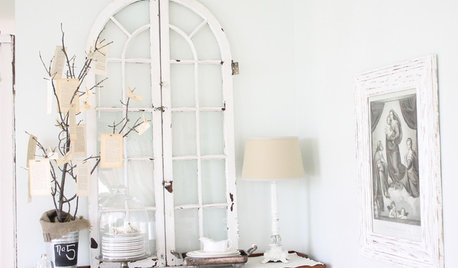
DECORATING GUIDESUncover Your Junk's Hidden Decorating Potential — Scads of DIY Ideas
Release your typewriter's inner planter or a drum set's coffee table. These creative ideas will have you seeing the possibilities
Full Story





wirosarian_z4b_WI
koicool1
Related Professionals
Londonderry Landscape Architects & Landscape Designers · Signal Hill Landscape Architects & Landscape Designers · Southfield Landscape Architects & Landscape Designers · Forest City Landscape Architects & Landscape Designers · Allentown Landscape Contractors · Barrington Landscape Contractors · Brooklyn Park Landscape Contractors · Fort Worth Landscape Contractors · Lakewood Landscape Contractors · Matteson Landscape Contractors · Mequon Landscape Contractors · North Plainfield Landscape Contractors · Rio Linda Landscape Contractors · Santa Ana Landscape Contractors · Spring Landscape Contractorsrudydude
Donna
sarabell
organic_tx_gardener